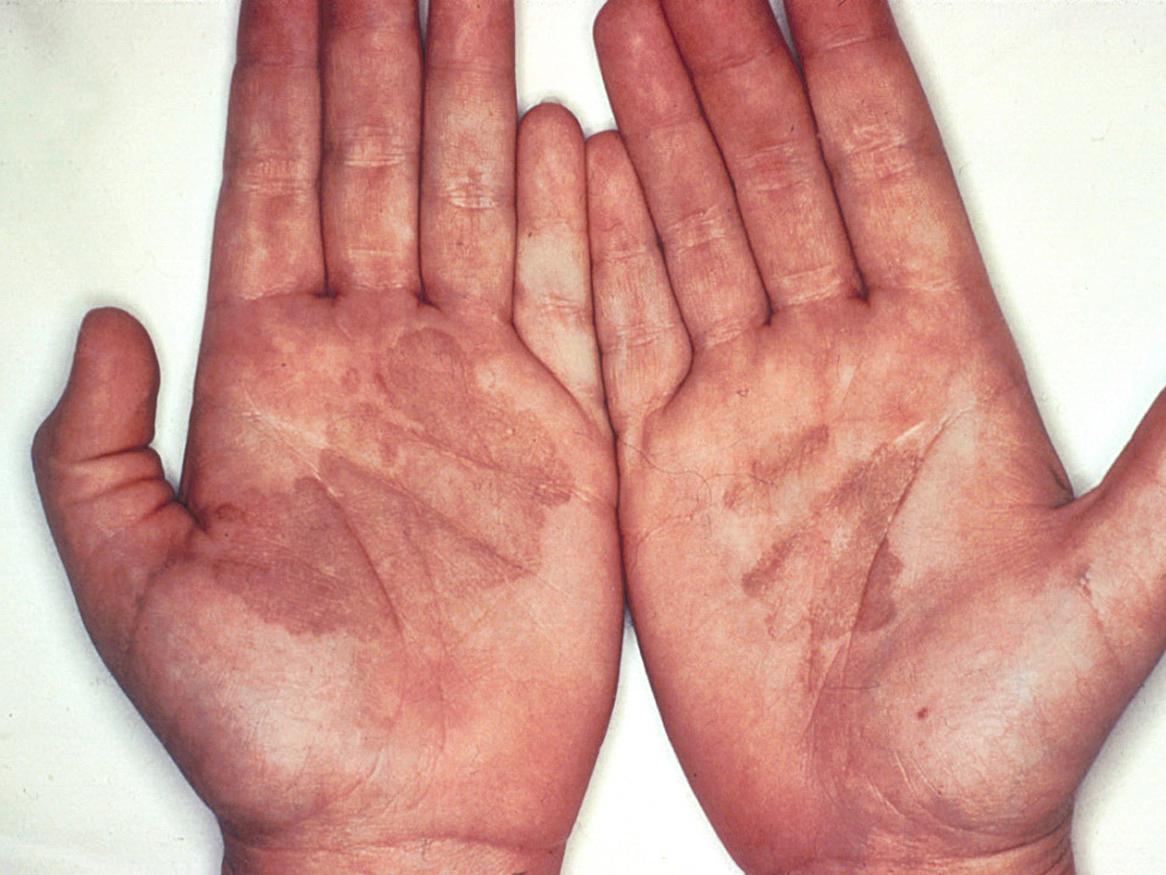Mycoses
Clinical groupings for fungal infections
The following clinical groupings may be recognized.
Superficial mycoses
These are cosmetic fungal infections of the skin or hair shaft. These infections are often so innocuous that patients are often unaware of their condition.
Cutaneous mycoses
These are fungal infections of the skin, hair or nails. No living tissue is invaded, however a variety of pathological changes occur in the host.
Subcutaneous mycoses
These infections of the skin and subcutaneous tissue following the traumatic implantation of the aetiologic agent.
Dimorphic systemic mycoses
These are fungal infections caused by fungal pathogens which can overcome the defences of the normal human host by changing their morphological form. They are geographically restricted and the primary site of infection is usually pulmonary, following the inhalation of conidia.
Opportunistic systemic mycoses
These are fungal infections which occur almost exclusively in debilitated patients whose normal defence mechanisms are impaired. The organisms involved are cosmopolitan fungi which have a very low inherent virulence.
Disclaimer: The National Mycology Reference Centre does not provide patient consultations or referrals. Individuals with concerns about fungal infection should seek advice from a registered healthcare professional. Information is provided for education and scientific purposes only and is not intended to replace advice from a registered healthcare professional. Information about a service, product or treatment does not imply endorsement.





